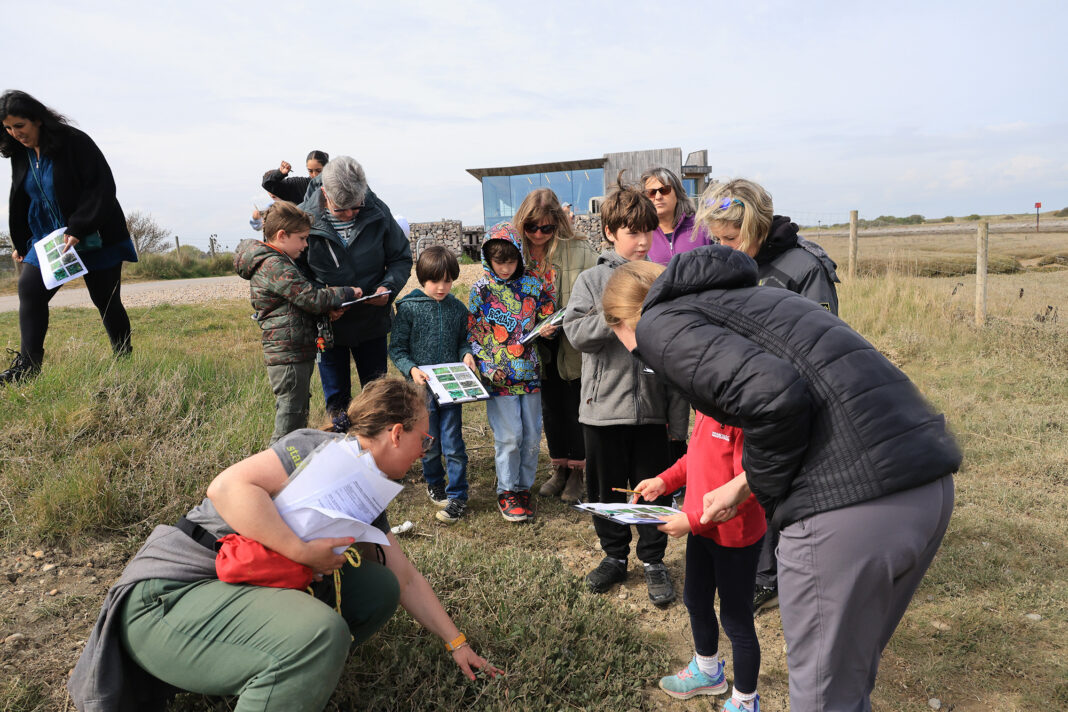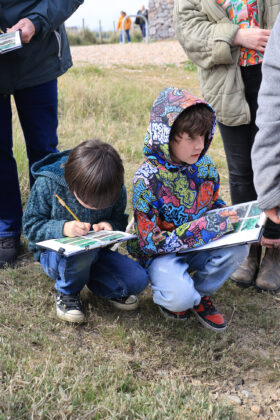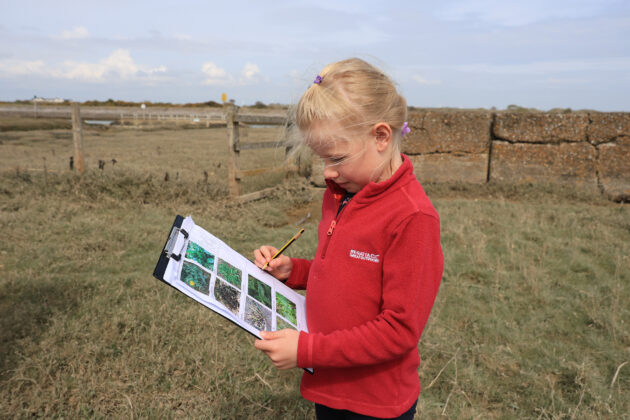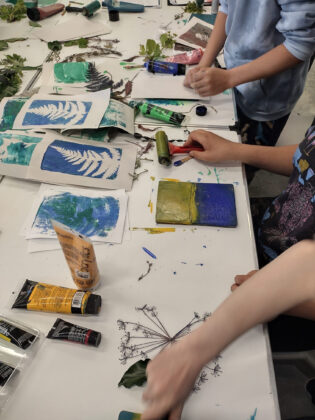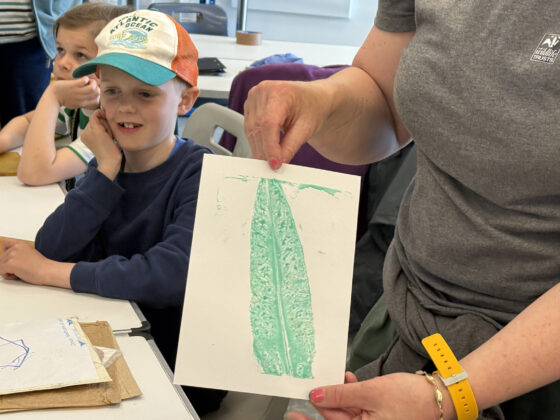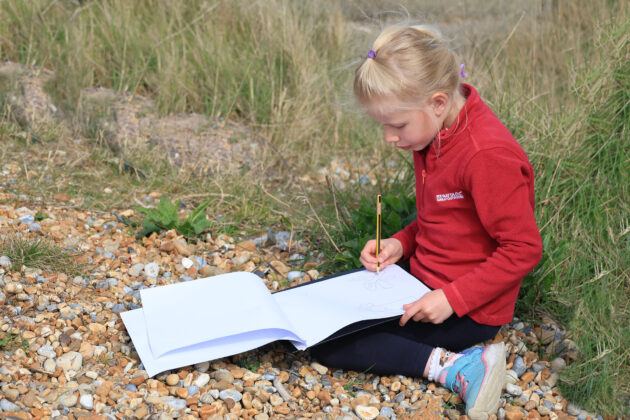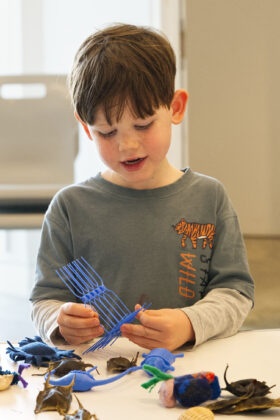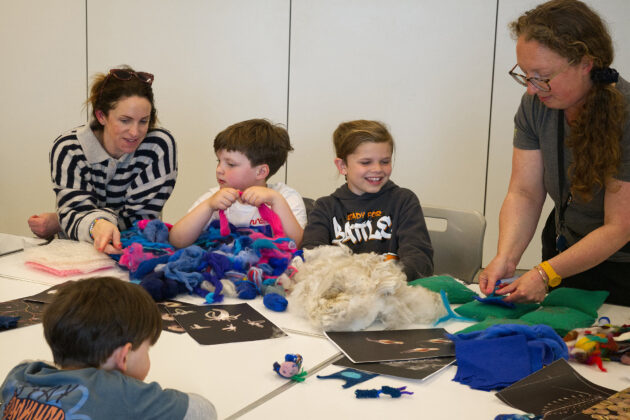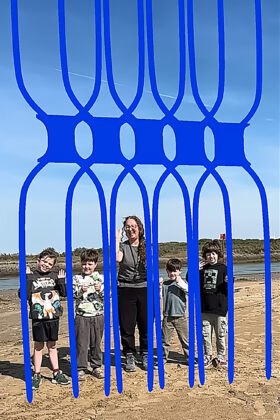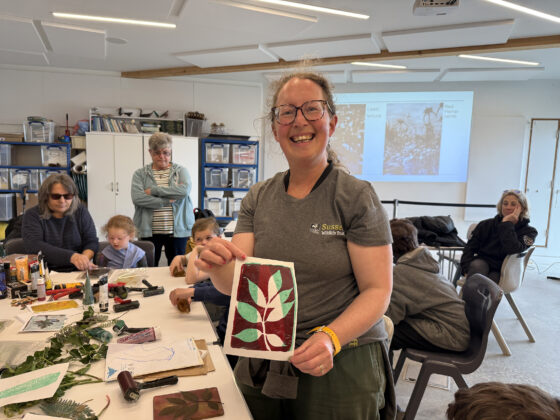As part of the range of unusual and engaging events for children run by Rye Harbour Nature Reserve, one of the Easter holiday family activities was their Wild about Blue Carbon trail to find out how important the local wetlands and marine environments are for capturing and storing carbon.
Aimi Rifat, wilder learning and communities officer at the discovery centre explains: “In the classroom we learnt about the amazing microscopic plankton that produce fifty percent of the air we breathe and, in collaboration with photographer Jonathan Lamb, we used a homemade 3D printer to create a model of a Ceratium plankton. This enabled us to visualise and see the different shapes of these tiny living organisms which are not visible to the naked eye. Out on the reserve we took advantage of a break in the weather and created some short videos using augmented reality to explore the models of a Chaetoceros and Odontella plankton and then back in the classroom we took part in a craft activity, making our own phytoplankton models using wet and dry felting.
“We will be displaying these sculptures at the end of May to highlight the importance of these microscopic organisms for life on earth and to pledge to look after our waterways. The Wild About Blue Carbon trail will coincide with the Beach of Dreams event, a UK wide coastal arts festival celebrating our coastline.”
Another activity during the Easter holiday, Plants and Prints, offered a chance to explore the emerging plants at Rye Harbour Nature Reserve. Aimi started with an introduction in the classroom in which the children looked at some of the plants found on the reserve and their habitats. She helped them to identify the adaptations which enable them to live near salty water and without soil.
Then the children, led by Aimi, went out to explore the reserve armed with spotter sheets and were encouraged to look closely at the ground under their feet. Although it was too early for most of the flowers, they identified the different plants using their different leaf adaptations.
Aimi commented: “The children were very observant and made sketches and notes on the plants they found and were keen to discuss their findings. Back in the classroom we explored the shapes and structure of leaves through different monoprint experiments and the children created a fantastic range of colourful leaf prints.”
Image Credits: Kt bruce , Kt bruce , Candy Cridland , Aimi Rifat , Discovery Centre .



